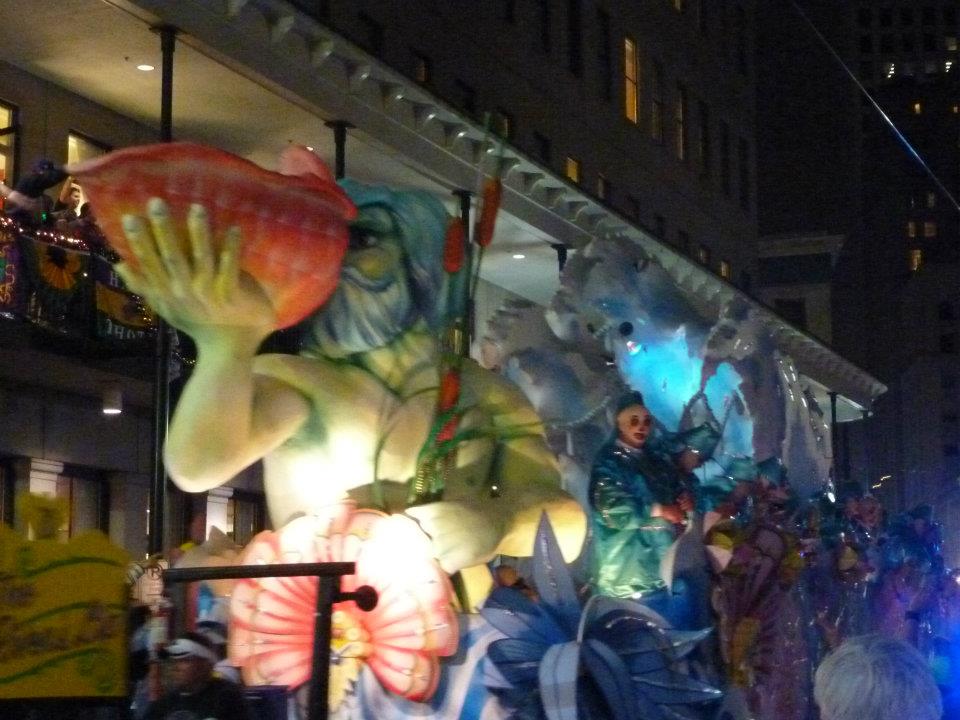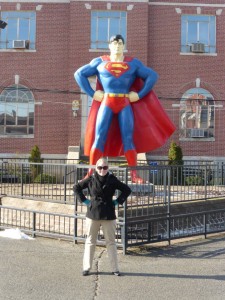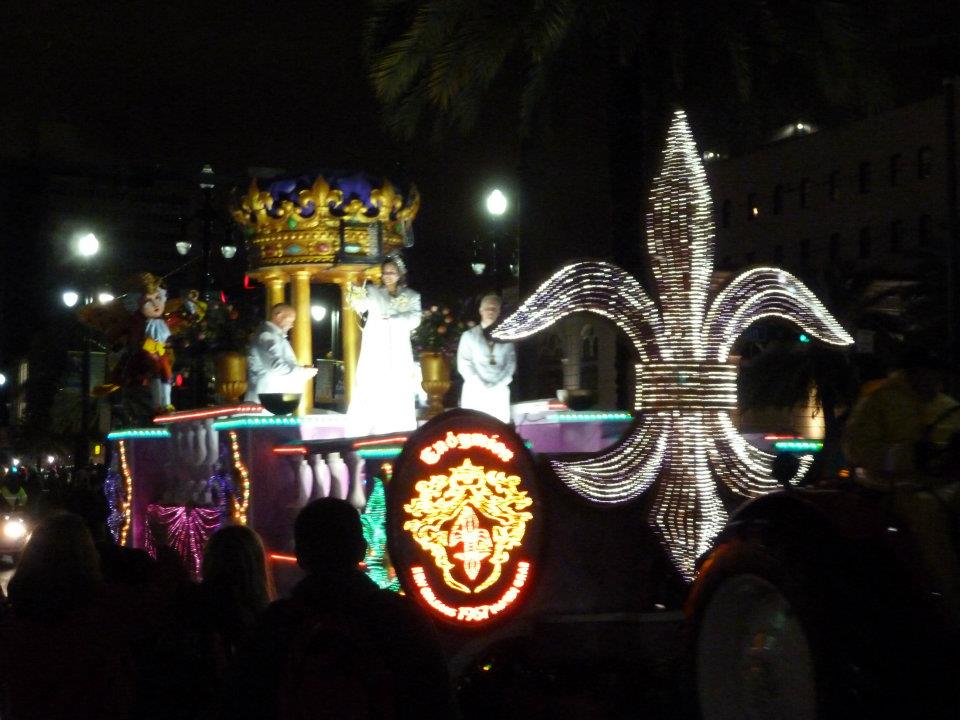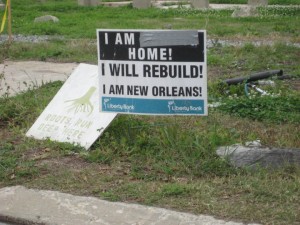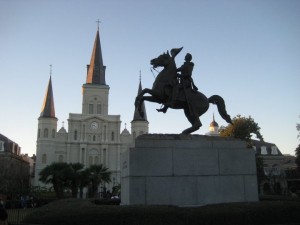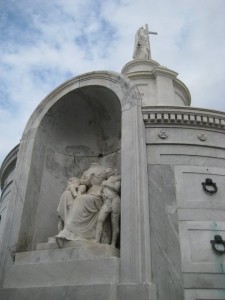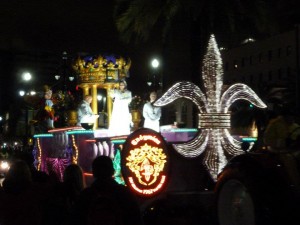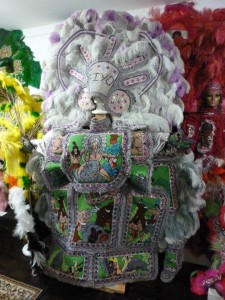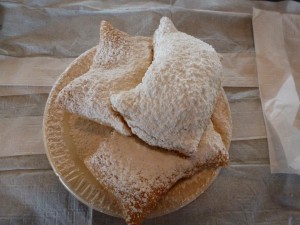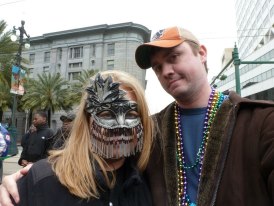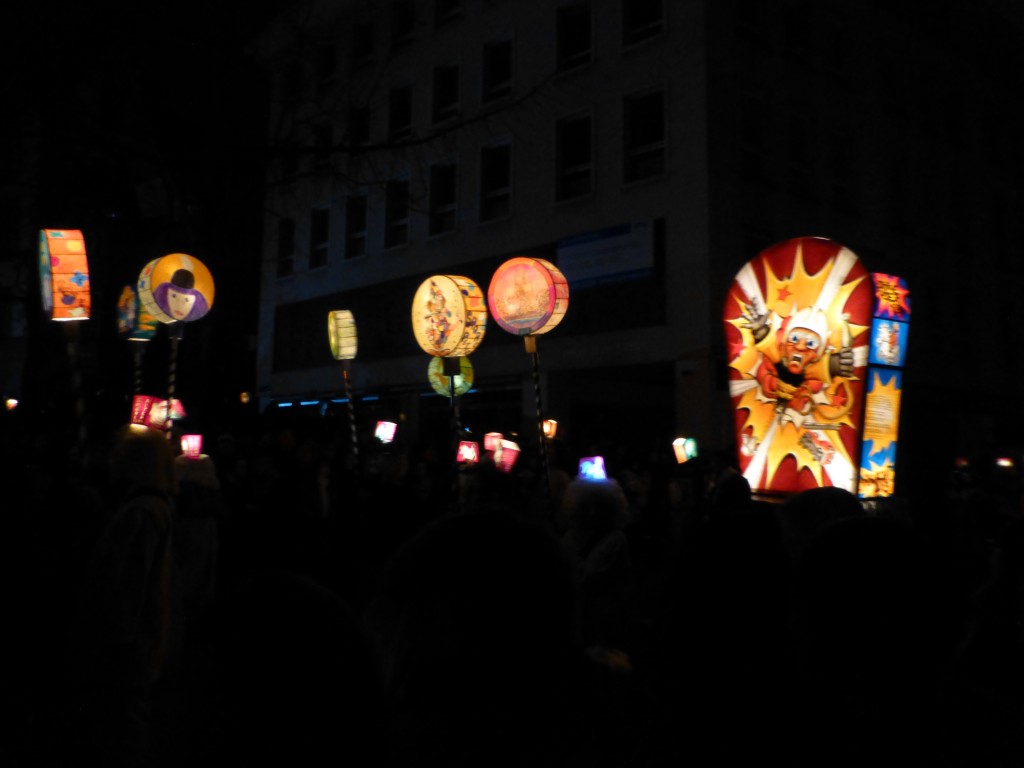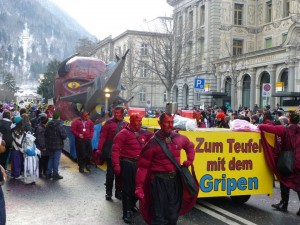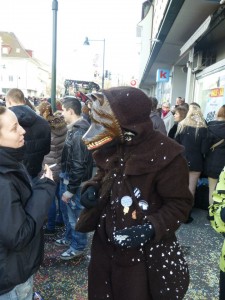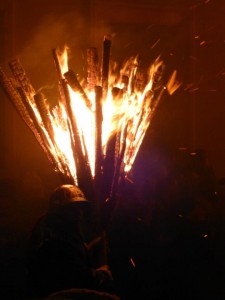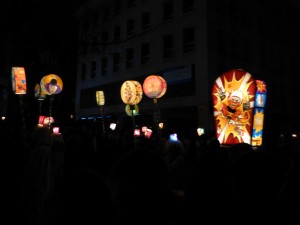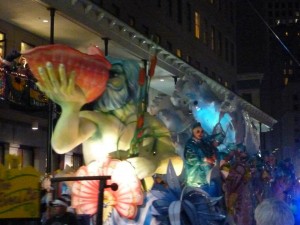
“How did you earn those beads? *Wink *Wink”
Ever since Chris and I returned from Mardi Gras a couple of weeks ago, we’ve been giving out strands of beads to anyone we visit. Inevitably, I always get the sly question of how I earned so many beads. With that devilish look in my eye, I coyly reveal my big secret – I put my hands in the air, t-shirt (and this year, coat) fully intact. Literally, that’s all there is to it. No flashing required (unless you want to, and we’re not judging).
The Family-Friendly Mardi Gras
For those who have never been, there is this giant misconception that you can only get beads in New Orleans if you’re some drunk party girl showing off all you’ve got or if you’re a hot guy egging on said drunk party girl to reveal the lady lumps to thousands of complete strangers and video cameras. Since returning, we’ve been told how only crazy sinners attend Mardi Gras, and we’ve been asked how church leaders could ever attend such an event but avoid the debauchery.
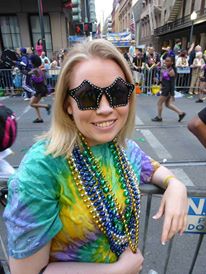
The truth is, Mardi Gras is so much more than what is portrayed in pop culture. It’s a celebration of tradition. We’ve seen entire families, from toddlers in strollers to grandmas in electric scooters, catching throws, or the items the parade participants throw from the floats, mainly beads. One family even told us how they come out and collect the throws of toys and other goodies for that year’s Christmas gifts. The police also strictly enforce the family areas in the city during Mardi Gras, and you will get ticketed/arrested for flashing outside the zone of pretty much anywhere except Bourbon Street.
My first Mardi Gras in 2012, I had to leave about 400 necklaces of beads in the hotel room because I didn’t have enough space for them in my luggage with all the other beads. This year, we brought back probably 500 necklaces, eight Zulu coconuts and a host of other throws. I’ve never once lifted my shirt in New Orleans.
Even though I recommend you at least walk down Bourbon Street once (that’s all I do, that’s all you need) to witness the full-on lewdness, there are so many other and better activities to take in during the Fat Tuesday celebrations.
1. Parades
From the beginning of the Mardi Gras season (typically in early February but dependent upon the Lunar calendar) to the day before Ash Wednesday, parades in and around the city are happening almost every day. Krewes, or social organizations, put on elaborate pageantry to ride through uptown, downtown, French Quarter and outlying area routes. You can download various apps to keep up with parade schedules. My top three parade recommendations are the Krewes of Zulu (gives out the most throws, especially the coveted hand-decorated coconuts), Muses (all-female Krewe known for its famous footwear throws) and Bacchus (its medallions are collector’s items and the Krewe always sports a celebrity for its monarch).
2. Mardi Gras Indians
Follow the Zulu parade on Mardi Gras day to its end at the underpass on Claiborne Avenue and wait to be even further wowed. As a nod to Native Indians, these New Orleans tribes hand-stitch their regalia to mask only three times a year: Mardi Grad day, Super Sunday and St. Joseph’s Night. The battles of the Mardi Gras Indians are some of the “prettiest” sights of Mardi Gras. Only worn once a season, the regalia of beads, gems and feathers adorn the Big Chief, Wild Man, Spy Boy, Flag Boy and now even the Big Queens as tribes face-off on the streets mainly in the Tremé neighborhood.
3. Mardi Gras Balls
If you’re fortunate enough to receive an invitation to an exclusive Krewe ball, be sure to save the invitation as some go for works of art alone. Each Krewe has its own soiree, usually the evening after its parade. These elegant affairs are the social events of the year. Think Old South debutante balls, where real-life debutantes are introduced to society. We were lucky enough to catch the grand entrance of the King and Queen of Carnival into the ball where the Courts of the Krewe of Rex and the Mistick Krewe of Comus were meeting, the highlight of Mardi Gras royalty.
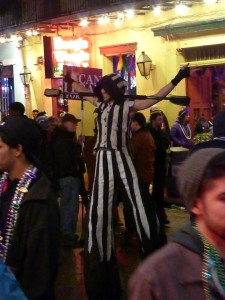
4. Costumes
As I love Halloween for the time of year you can dress up as anything or anyone else you want to be, I adore Mardi Gras for the same reason. Everywhere you look, and especially on Mardi Gras day, you can find the magical, mystical, funny, satirical, cute, ugly, scary, inspiring and beautiful costumes born of creative imaginations of all people.
5. Ste. Anne’s Memorial Ceremony
If you would like to honor a loved one passed, ashes or other mementos can be spread out upon the waters of the Mississippi River as the Krewe of Ste. Anne dips and waves its ribbon-covered hula hoops over the crowd, baptizing them in the muddy water. Started in the 1980s to honor AIDS victims, the ceremony follows the end of the Krewe of Rex parade on Mardi Gras day to the river bank. I have already provided for this in my final wishes to Chris.
What is Mardi Gras?
More than screaming girls flashing for beads, more than drunk guys getting into fights, more than Hand Grenades drinks, Mardi Gras is a New Orleans tradition dating back to before the inception of the city. It’s a celebration open to all, no matter your preference of bead obtainment. As one friend and a member of the Krewe of Eve was quoted, Mardi Gras is more than a “bucket list thing.”
What would you most like to see at Mardi Gras?
-Monica

